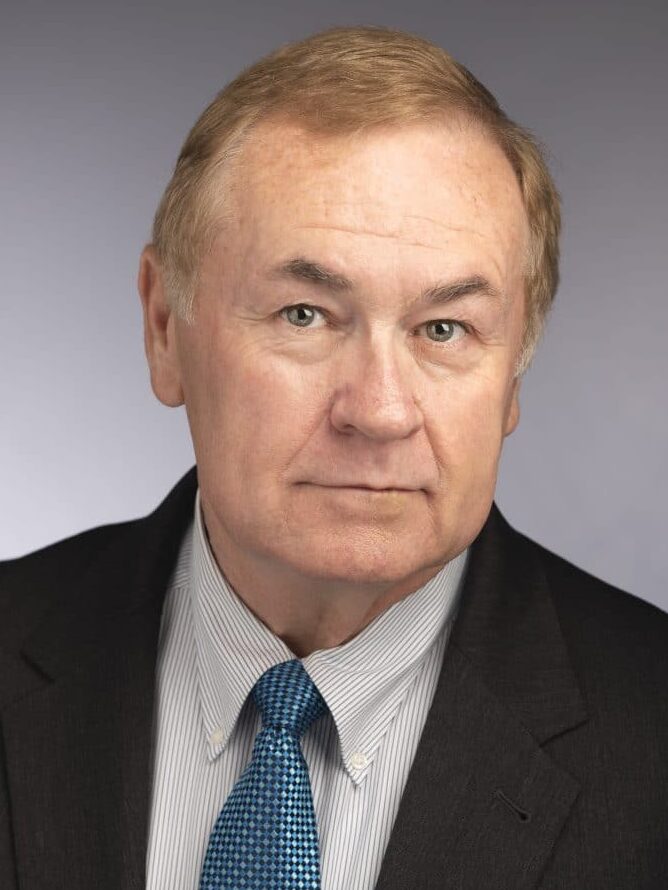An occasionally-discussed income tax concept relating to capital gains is being revived by the top-ranking Democrat on the Senate Finance Committee, Oregon Senator Ron Wyden. Wyden is proposing that certain wealthy taxpayers ante up each year for the value growth in their investment accounts rather than waiting for those investment assets to be liquidated and/or sold.
The plan represents a very significant and fundamental change to the timing of capital gains taxation, which would require wealthy investors to pay the capital gains tax annually, on the appreciation of the assets, even if they are not sold. Under current tax policy, the capital gains tax is paid on the appreciation once, at the time when the assets are sold.
Tax policy pundits refer to this plan as “mark-to-market” taxation. In application, the gain reflected each year would presumably be added to the taxpayer’s previous cost basis to produce a higher basis for future tax purposes.
In a statement released earlier this week, Senator Wyden noted, “This [proposal] eliminates serious loopholes that allow some to pay a lower rate than wage earners, to delay their taxes indefinitely, and in some cases, to avoid paying tax at all.” He also indicated that he would soon release a whitepaper explaining the proposal and exactly how it would be expected to work.
Though Wyden’s proposal, as offered, is currently scant on details, it is clear that the proposal would significantly increase the income tax on affected taxpayers. Because the gains would be recognized annually, there would be no preferential capital gains rate (currently 23.7%), and all income from these gains would be taxed at the highest ordinary income tax rate (currently, the highest marginal rate is 37%). Note, however, that specifics, such as whether the gains would be subject to the net investment income tax, have been provided at this time.
The other matter that could likely cause difficulty for affected individuals is the liquidity needs to satisfy the annual taxes. Though the proposal envisions the “recognition” of the gains annually, those same gains will not have been “realized” through a sale or disposition of the capital asset. Thus, there is no cash available for satisfying the liability, and this limitation is likely to cause a need for the actual liquidation of material investments assets to meet the cash flow needs associated with the higher taxes.
This “system” of taxation is fraught with technical questions, and implementation would require significant structural changes to our investment environment in the United States. Though dismissal of such an idea is very premature, a few of the potential problems include valuation of “non-publicly traded” assets, the matter of liquidity noted above, how one would incorporate the use of losses derived from assets that have lost value over a measurement period, and the integration into the rules of a major downturn in the stock markets that could lead to valuation decreases on a huge scale.
While the proposal most certainly would work to reduce income inequality, it would also dampen investors’ incentive to save. That, in turn, could reduce the supply of capital and drive down investment values.
Plans similar to Wyden’s have been discussed in the past, with little success, and this new proposal is unlikely to gain any traction while Republicans control the Senate and White House. However, the issue is likely to be a topic of interest discussed by Democratic Presidential hopefuls as they explore new ways to tax wealthy individuals ahead of the upcoming 2020 elections. Logically, capital gains represent a significant portion of the money earned by the wealthiest households, compared to lower-income taxpayers.
Other politicians have presented alternative ideas for accomplishing the same end of combating wealth inequality. Massachusetts Senator Elizabeth Warren, has proposed an “ultra-millionaire tax,” an annual 2% wealth tax on households with income over $50 million. Senators Bernie Sanders and Kamala Harris, among others, have pushed to expand the estate tax as a way to pay for social programs.
It is our opinion that a mark-to-market system imposed on a small fraction of the top 1% could potentially raise hundreds of billions of dollars of new revenue over a decade and is likely to yield a substantially greater amount of revenue than expanding the estate tax or increasing the top marginal rate on only the wealthiest American taxpayers.
For questions and comments, please contact Bob Grossman or Don Johnston at 412-338-9300.






